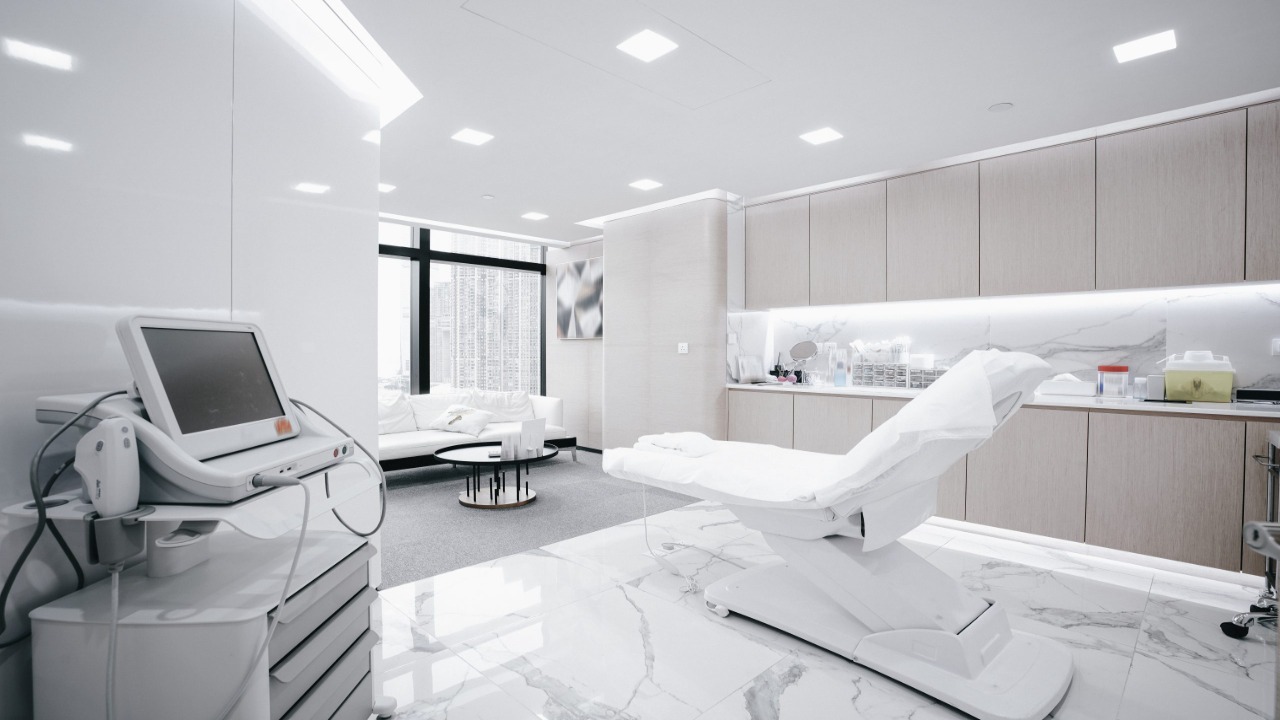Interior design plays a crucial role in shaping the atmosphere and perception of aesthetic clinics. A well-designed clinic not only enhances the overall patient experience but also reflects the professionalism and commitment to aesthetic excellence. To achieve this, interior designers must adhere to key principles that seamlessly blend functionality with aesthetics. Learn more how Clarion Aesthetics takes these principles to the next level with their innovative design solutions by clicking the link. Meanwhile, here are these five essential interior design principles for aesthetic clinics:
Functionality and Flow

The first and foremost consideration in designing the interior of an aesthetic clinic is functionality. The space should be organized in a way that optimizes workflow and ensures a smooth patient experience. Reception areas, consultation rooms, treatment rooms, and recovery spaces should be strategically placed to create a logical flow.
Start by carefully analyzing the clinic’s daily operations. Consider how patients move through the space, from the moment they enter the clinic to the completion of their treatments. Efficient space planning can minimize congestion, reduce wait times, and enhance overall operational efficiency. Additionally, prioritize the functionality of individual spaces. Consultation rooms should be equipped with the necessary tools and technology for patient assessments, while treatment rooms should be designed to accommodate specific procedures. A well-designed layout not only improves the clinic’s functionality but also contributes to a positive patient experience.
Aesthetic Harmony and Branding
Aesthetic clinics are, by nature, focused on visual appeal. The interior design should reflect the clinic’s brand identity and create a cohesive aesthetic throughout the space. Consistent branding not only reinforces the clinic’s image but also builds trust with patients.
Choose a color palette, materials, and design elements that align with the clinic’s brand. Consider incorporating subtle touches of luxury and sophistication to evoke a sense of comfort and confidence. For instance, muted and calming colors can create a serene atmosphere, while sleek and modern furniture can convey a sense of professionalism.
Attention to detail is crucial in maintaining aesthetic harmony. From the choice of wall art to the style of furniture, every element should contribute to the overall visual identity of the clinic. Consistency in design reinforces the clinic’s commitment to excellence and leaves a lasting impression on patients.
Comfortable and Inviting Spaces

Aesthetic clinics often deal with procedures that require a level of intimacy and privacy. It is essential to create an environment that is both comfortable and inviting, fostering a sense of relaxation for patients.
Invest in comfortable and stylish furniture for waiting areas to create a welcoming atmosphere. Consider the use of soft lighting and natural elements to add warmth to the space. Additionally, ensure that treatment rooms are designed to prioritize patient comfort, with adjustable seating, calming color schemes, and soothing decor. Providing a comfortable and inviting environment not only enhances the patient experience but also contributes to a positive perception of the clinic’s commitment to holistic care.
Innovative Technology Integration
Aesthetic clinics often rely on cutting-edge technology for treatments and consultations. Integrating innovative technology into the interior design can enhance both the patient and staff experience. Consider incorporating tech-savvy elements such as digital displays for educational content, interactive touchscreens for virtual consultations, or ambient lighting controls to create different moods in treatment rooms. The seamless integration of technology not only adds a modern touch to the clinic but also supports efficient and advanced medical practices. Ensure that the technology chosen aligns with the clinic’s objectives and enhances rather than detracts from the overall design aesthetic.
Adaptable and Future-Proof Design
The field of aesthetics is dynamic and continually evolving. A well-designed clinic should have a level of adaptability to accommodate emerging trends and changes in the industry. Future-proofing the interior design involves selecting durable materials, flexible furniture arrangements, and scalable technology solutions.
Design with a modular approach that allows for easy updates and modifications. Consider flexible spaces that can adapt to new treatment modalities or changes in clinic services. This adaptability not only ensures the longevity of the design but also positions the clinic as a forward-thinking and innovative institution. Regularly assess and update the interior design to stay current with industry trends and maintain a fresh and modern appearance. This proactive approach demonstrates a commitment to staying at the forefront of aesthetic advancements.